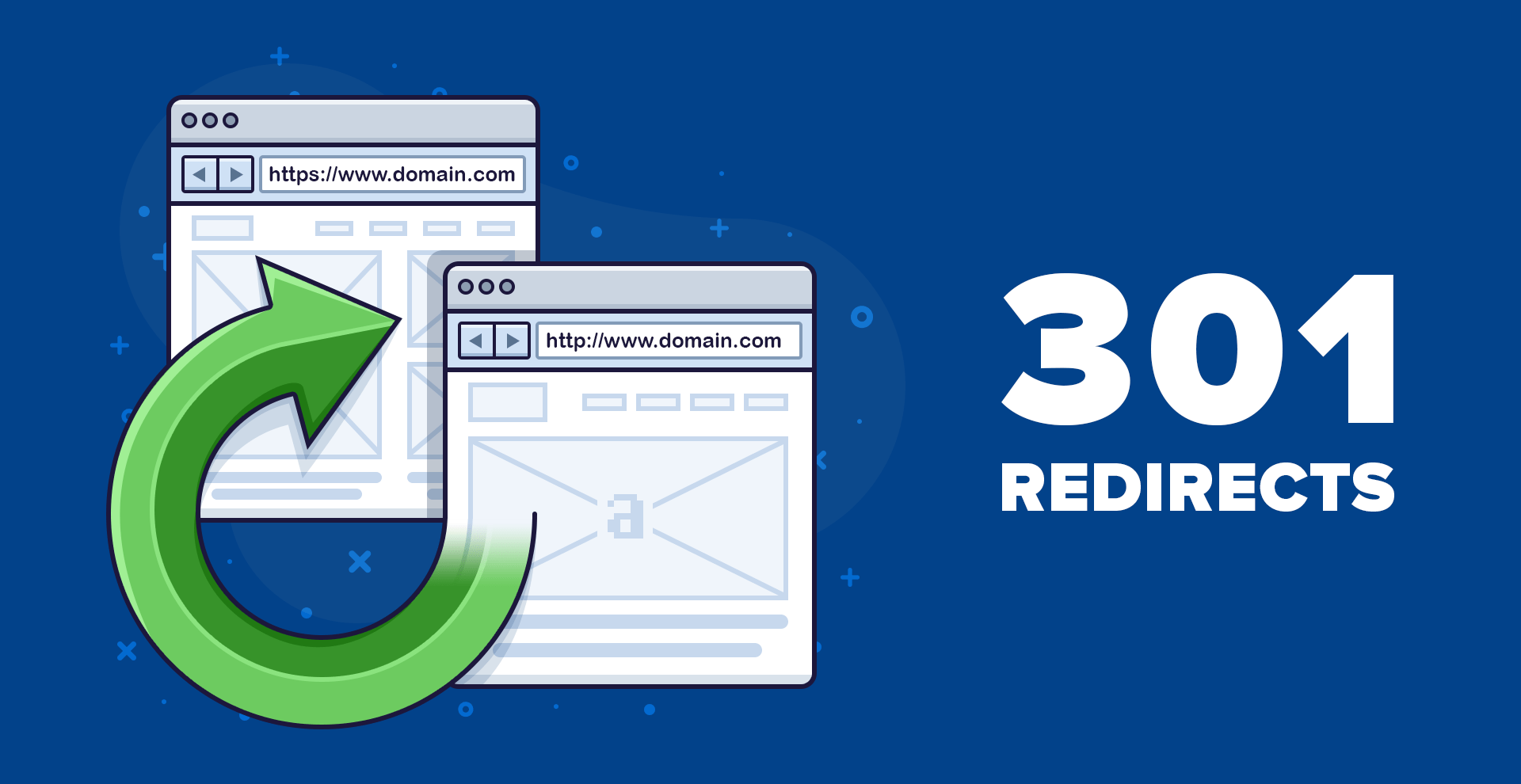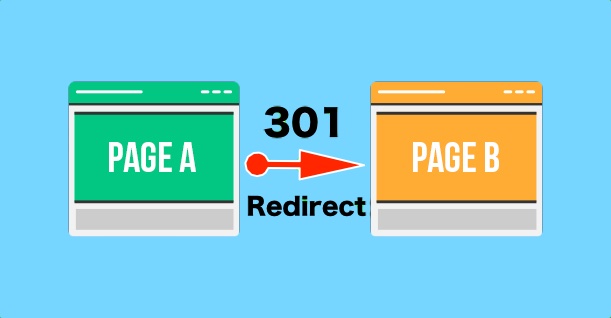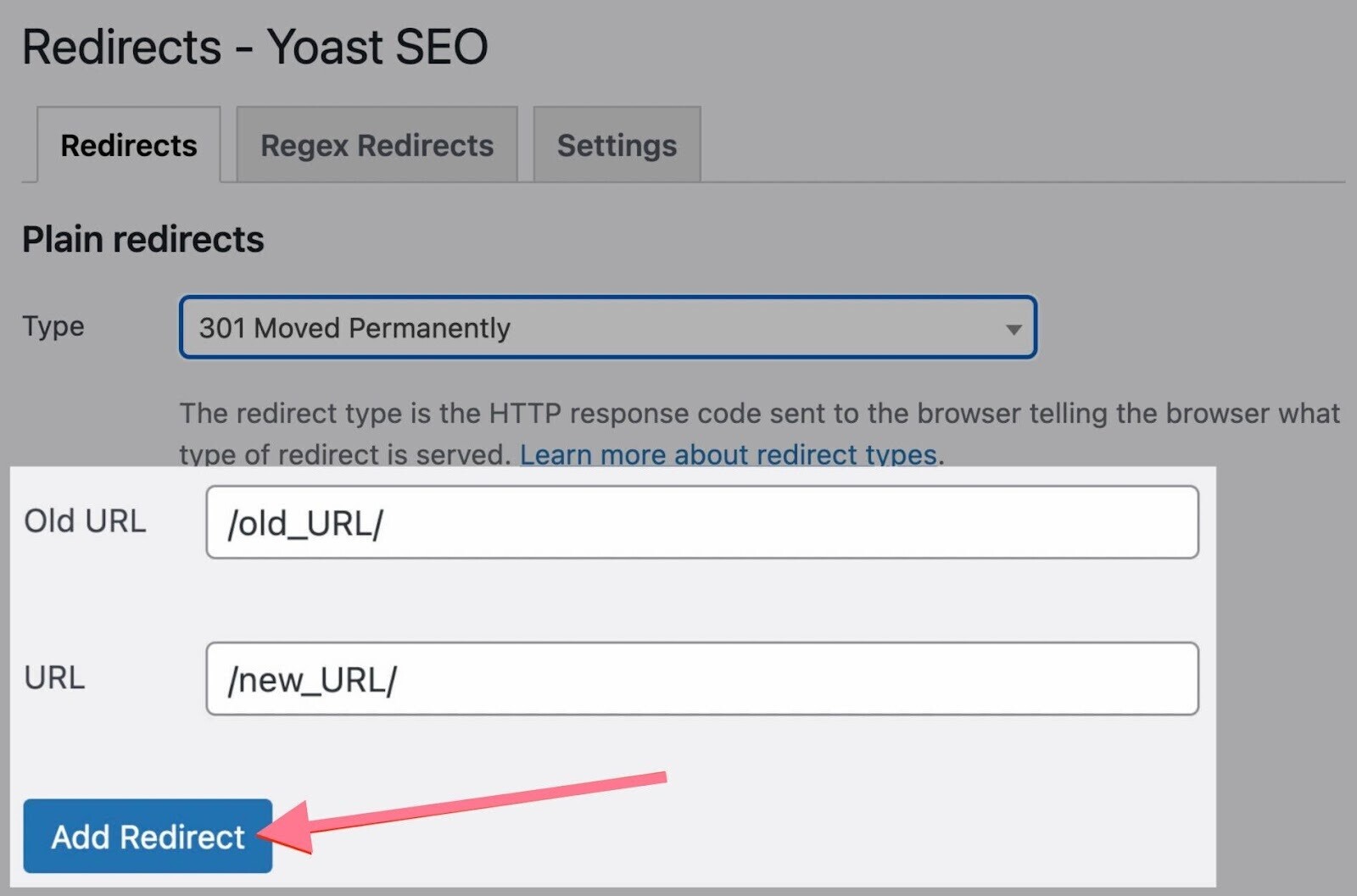

What is a 301 Redirect?
A 301 redirect is a type of server response code that indicates a permanent redirect from one URL to another. When a website visitor clicks on a link to a URL that has been permanently redirected, they are automatically directed to the new URL. This redirect also notifies search engines that the original URL has permanently moved to a new location.

How They Affect SEO?
301 redirects can have a significant impact on SEO. When a website URL changes, search engines need to know that the content has moved to a new location. Without a redirect in place, search engines will assume that the original content no longer exists and remove it from their index. This can lead to a decrease in organic search traffic and a loss of search engine rankings.

Using a 301 redirect helps preserve the authority and relevance of the original URL, as well as any backlinks that may have been built to that page. This is because search engines will transfer the authority and ranking signals from the original URL to the new one. As a result, the new URL may begin to rank in search results as quickly as the original URL did.
When Should You Use a 301 Redirect?

There are several instances where a 301 redirect may be necessary. Some of the most common reasons include:
When you move your website to a new domain name
When you update your website structure and URLs
When you delete a page on your website
When you merge two or more pages on your website
When you want to redirect traffic from an old page to a new one
It's important to note that a 301 redirect should only be used when the content has permanently moved to a new URL. If the change is only temporary, a 302 redirect should be used instead.
How to Fix Existing 301 Redirect Issues on Your Site
If you suspect that your website has existing 301 redirect issues, there are several steps you can take to fix them:
Use a website crawler tool to identify any existing redirects on your site.
Check the redirect chain to ensure that each redirect is valid and not broken.
Update any outdated or incorrect redirects with the correct URL.
Ensure that all redirects point to the most relevant and appropriate page on your site.
Monitor your website's traffic and search engine rankings to ensure that the redirects are functioning properly.
In some cases, you may need to work with a developer or SEO professional to address more complex redirect issues. For example, if you have a large website with hundreds or thousands of pages, you may need to implement a redirect strategy to ensure that all of your pages are redirected properly

Conclusion
In conclusion, 301 redirects are an important tool for preserving search engine rankings and traffic when a website URL changes. By understanding when and how to use them, you can ensure that your website continues to rank well in search results and attracts valuable organic traffic. If you suspect that your site has existing 301 redirect issues, it's important to take action to address them as soon as possible